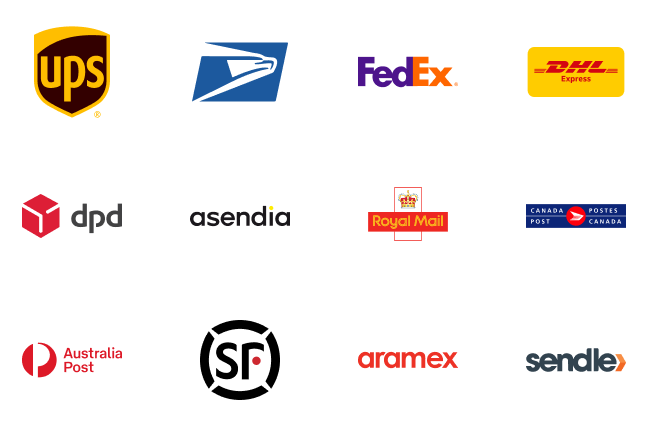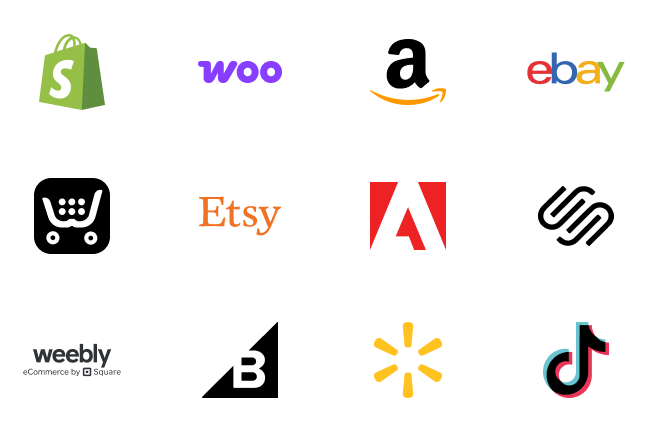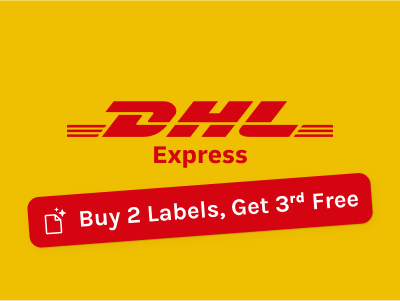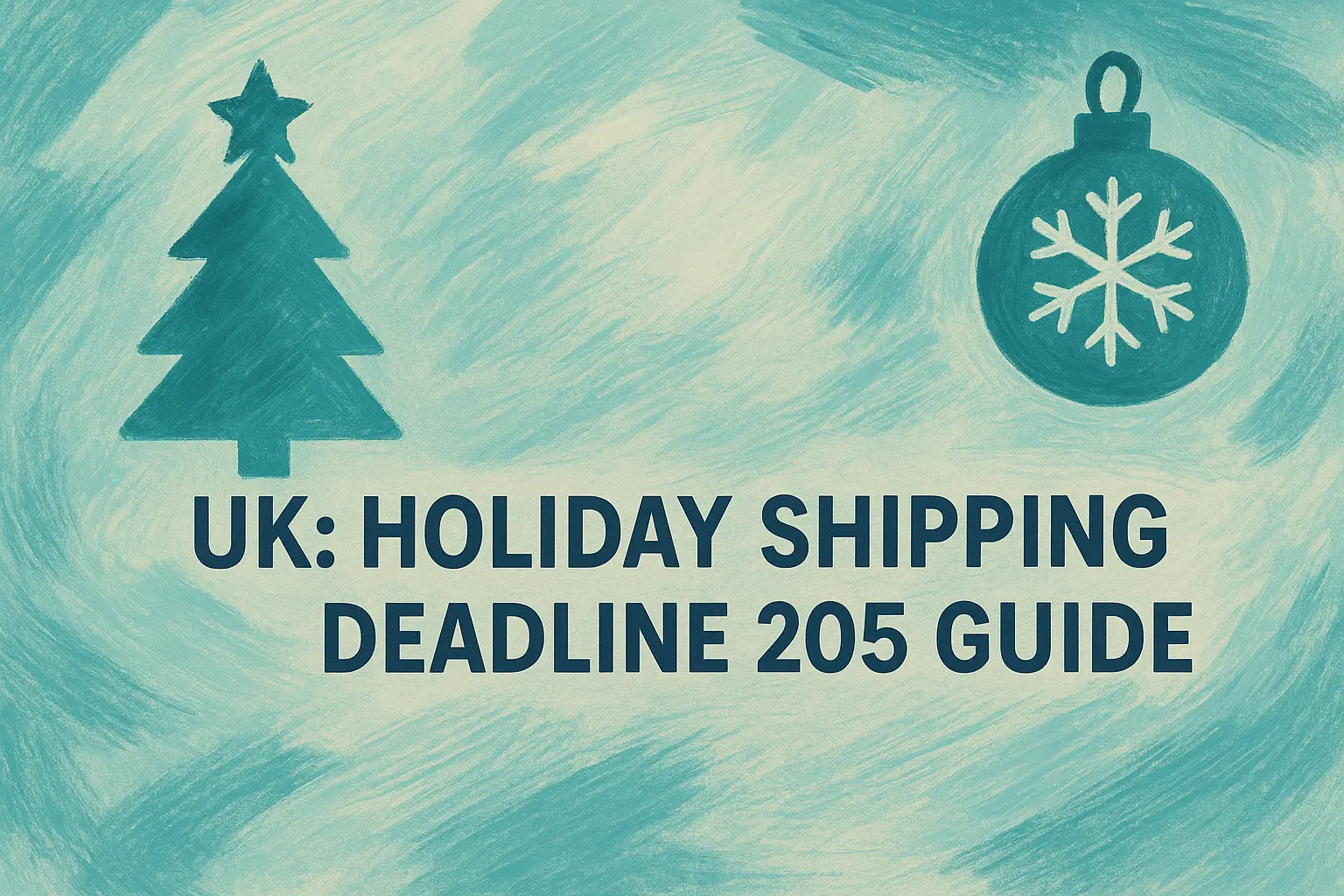The global dropshipping market is booming—valued at $331.1 billion in 2024 and projected to reach $2,060.3 billion by 2033, growing at a CAGR of 22.52%. This growth is fueled by advancements in eCommerce technology that make it easier than ever to ship products directly from manufacturers to consumers, bypassing traditional intermediaries.
At the heart of this model is dropshipping, a streamlined, low-risk retail method gaining massive traction. If you're exploring the space—or looking to scale—chances are you’ve come across the AliExpress vs. Amazon debate. These two eCommerce giants offer distinct advantages and challenges for dropshippers.
In this guide, we’ll break down key factors like product pricing, shipping times, supplier reliability, and customer experience to help you choose the right platform for your business.
AliExpress Vs. Amazon: The 8 Major Differences
If you are new to dropshipping, Amazon and AliExpress are two of the options you should look out for. They both have tools that make dropshipping hassle-free because their B2C-friendly website makes it easy for you to focus on aspects of your business other than managing inventory.
When a customer orders on your storefront, these websites make it easy for you to get products directly with your partnered producers and get them shipped to your customers in your branding.
However, not all businesses are built the same. And not all businesses can run on both platforms, so you need to look out for the ones that are excellent for your business. The following AliExpress vs. Amazon comparison will help you navigate your choices and pick the best one suited to your business needs.
1. Prices
One primary yardstick for comparing Amazon vs. AliExpress is the prices of goods on both websites. Because AliExpress has most of its production in China and other Asian countries with vast human resources, prices of goods are on the cheaper side. Regardless, AliExpress' prices are retail prices, and Amazon guarantees prices that are cheaper than retail prices.
2. Range of Products
You can sell a vast array of products on both platforms. From electronics, cosmetics, kitchen utensils, home appliances, food products, clothing, and accessories, there is almost no limit to what you can sell on Amazon and AliExpress.
3. Buyer Protection
Amazon has an extensive A-Z Guarantee for buyers, covering product satisfaction and shipping issues. AliExpress, on the other hand, offers a robust buyer protection system that covers delayed or non-delivery of goods.
4. Payment Method and Solution
Payment solutions on AliExpress and Amazon are versatile and up-to-date with the popular payment platforms. So it's pretty easy to integrate with your preferred payment option.
5. Delivery Time
Amazon takes the lead when it comes to delivery time. Customers can opt for expedited shipping, like the overnight shipping options, for faster delivery when they order on Amazon. Amazon's large number of global distribution centers makes fast shipping options and delivery time possible.
AliExpress has its production centers in Asia which directly affects the delivery time for buyers abroad. So unless you live in China or Asia, you can expect a delivery time of 15-25 days.
6. Shipping Cost
Shipping cost is often determined by speed and distance traveled. Shipping from China will cost you more compared to the competitive options you get on Amazon. UPS, USPS, FedEx, DHL, and many more offer you various shipping options and prices when you buy on Amazon.
7. Refund Processing Time
On AliExpress, it takes you about 5 - 10 days to process a refund, while Amazon takes less than 3 - 7 to process and issue a refund.
8. Customer Support
Customer support is an important aspect to look out for on any platform. AliExpress and Amazon do well in having rigid customer service to attend to the questions and inquiries of customers to make them long-term buyers on the platform. While AliExpress has a ticket system that handles all queries, returns, and refunds, Amazon's 24/7 customer support takes it a notch higher and takes the lead.
AliExpress and Amazon are optimized for mobile experience. They operate perfectly on IOS and Android.
Here is a table comparing all the factors that needs to be considered while trying to choose between Amazon or AliExpress:
| Feature |
AliExpress |
Amazon |
| Prices |
Generally cheaper due to production in Asia |
Competitive prices, often lower than retail |
| Range of Products |
Vast array of products available |
Extensive product selection across categories |
| Buyer Protection |
Robust return and refund policy |
Generous returns policy with secure payment options |
| Payment Method |
Diverse payment options available |
Multiple payment methods including Amazon Pay |
| Delivery Time |
Longer delivery times (15–25 days for international) |
Fast shipping options, including overnight delivery |
| Shipping Cost |
Higher shipping costs from China |
Competitive shipping options with various carriers |
| Refund Processing Time |
5–10 Days for refund processing |
Less than 3–7 Days for refund processing |
| Customer Support |
Ticket system for queries and issues |
24/7 customer support available |
Dropshipping in 2025
By 2026, the dropshipping market is projected to reach $476 billion, driven by technological advancements and innovative shipping solutions. For sellers comparing AliExpress vs Amazon marketplace options, shipping costs and delivery speed are important considerations.
Since delivery speed is of paramount importance, it’s essential that inventory management and warehousing are taken care of to the T. In these cases, making use of Easyship’s 3PL fulfillment centers can help reduce shipping time.
Related Post: Alibaba Vs AliExpress: Which Should You Use?
Amazon Seller Fees and Cost Optimization in 2025
Amazon is introducing seller-friendly fee changes to support eCommerce businesses:
Key Fee Updates
- No increases in U.S. referral or Fulfillment by Amazon (FBA) fees
- Inbound placement service fees for large items decreased by ~$0.58 per unit
- Fee waivers for new product launches
New Seller Incentives
- Waived inbound placement fees for first 100 units of new products
- Discounts through New Seller Incentives and FBA New Selection programs
- Applies to items shipped between December 1, 2024, and March 31, 2025
Cost Reduction Strategies
- Leverage Amazon's fee waivers for new product introductions
- Utilize FBA New Selection program for additional discounts
- Explore inbound placement fee reductions for bulky items
These updates demonstrate Amazon's commitment to helping sellers manage costs and grow their businesses effectively.
How to Choose a Trusted Seller on AliExpress and Amazon
With so many sellers on AliExpress and Amazon, it’s crucial to identify trustworthy ones. Use these practical tips to make informed choices:
For AliExpress Buyers
- Check Ratings and Reviews: Stick with sellers who have at least 98% positive ratings and review customer feedback for quality insights.
- Verify Shipping and Tracking: Confirm shipment times and ensure the seller offers tracking details.
- Ensure Authenticity: Read product descriptions carefully and check for customer-uploaded images in reviews.
- Communicate with the Seller: Reach out with questions and assess their responsiveness and clarity.
For Amazon Buyers and Sellers
- Review Seller History: Choose sellers with high ratings and return policies.
- Leverage FBA for Reliability: Buyers: Prefer "Prime" products. Sellers: Optimize costs with the FBA New Selection program.
- Check Product Listings: Look for detailed descriptions, clear images, and avoid suspiciously low prices.
- Compare Prices: Research similar listings to ensure you're paying fair market value.
AliExpress Vs. Amazon with Easyship
AliExpress and Amazon are two great dropshipping options for eCommerce retailers. These popular platforms allow you to partner with a product supplier and sell directly to your customers. While AliExpress makes it easy to source products at lower prices, the delivery date might pose a challenge to your business, especially as free and overnight shipping is popular.
Amazon is no stranger to expedited shipping. Its integration with couriers like UPS, USPS, and FedEx affords users to determine their delivery dates based on the speed they want.
Both platforms are mobile-friendly, have excellent customer support, guarantee buyer protection, and allow for the sale of various products. So the one you choose is determined by your business type.
Whether you choose AliExpress for its low prices or Amazon for its fast delivery, one thing is certain: Easyship can help streamline your shipping process and save you time and money. Start using Easyship today to optimize your business.
Easyship Shipping Rates Calculator: Access high-volume discounts from major couriers. Plus, get instant access to delivery lead times from premium shipping couriers.
Ready to simplify and save on shipping?
Easyship is here to help.
Easyship was built to simplify shipping for eCommerce sellers of every size. If you’re looking for ways to save on shipping costs, compare rates, automate fulfillment, or grow internationally—our free shipping tools and smart dashboard can save you hours daily.
FAQs
Is AliExpress cheaper than Amazon?
AliExpress goods can be said to be cheaper than that of Amazon because of the Direct to Customer (DTC) model that allows sellers to sell directly to the buyer, eliminating the middleman and possibly accrued costs. Amazon products are also cheap but the advantage lies in its delivery times which can sometimes be less than a day.
Can you sell AliExpress items on Amazon FBA?
Yes. Sellers can partner with AliExpress suppliers for a product they want to sell and list the product for sale on their Amazon store. Once purchase is made, your AliExpress supplier will deliver the product to your Amazon customer.















































.svg)
.svg)






.avif)
.avif)

.avif)
.avif)


.avif)


.avif)










.avif)
.avif)



.avif)
.avif)


.avif)
.avif)


.avif)











.svg)








